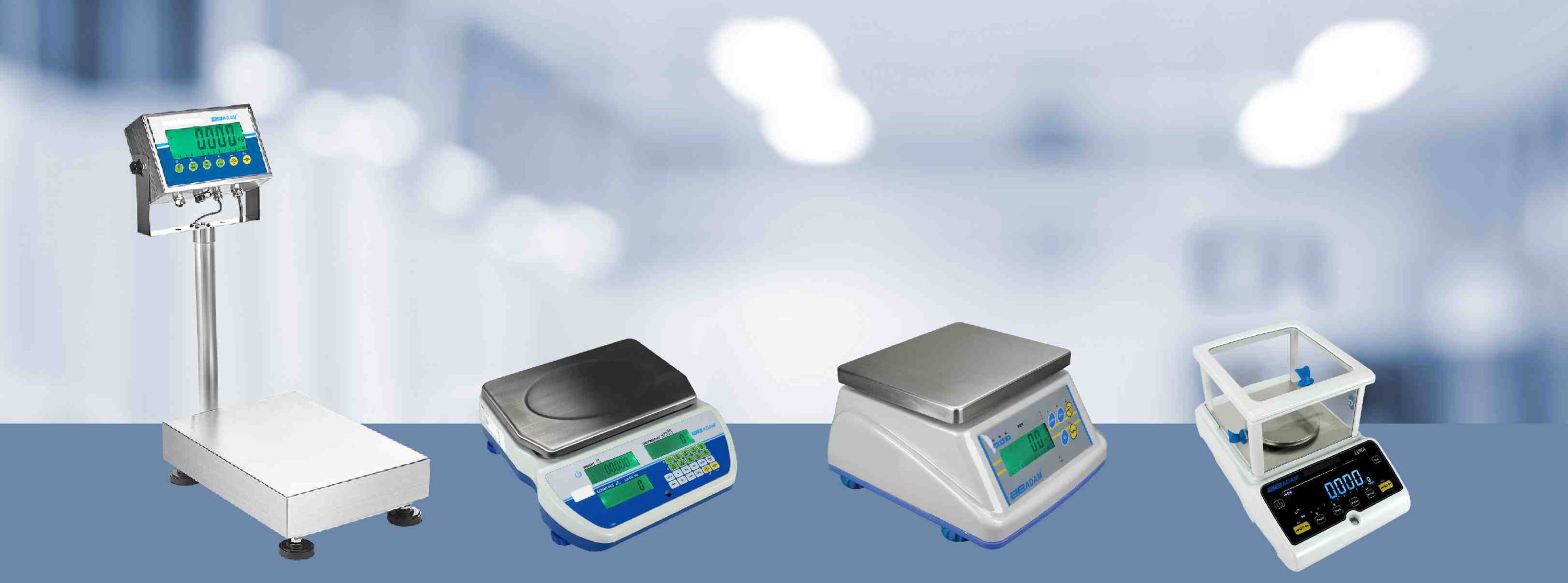No Products in the Cart

Laboratory balances and scales play a crucial role in achieving reliable and consistent results. From pharmaceutical laboratories to geotechnical testing laboratories, these precision instruments are indispensable tools for measuring mass with exceptional accuracy. In this guide, we will explore the importance of laboratory balances and scales, their types, key features, calibration and maintenance, enabling you to make informed decisions.
Understanding Laboratory Balances and Scales
Laboratory balances and scales are instruments designed to measure the mass of solid and liquid samples. They are utilized in various scientific applications, including in geotechnical testing laboratories for conducting various tests and analyses on soil, rock, and other materials. These instruments are equipped with advanced technologies to ensure precision and accuracy in measurements.
Measur provides an extensive range of precision weighing devices and accessories to cater to various needs. Our offerings include the latest in digital, mechanical, and suspension scales and balances, along with moisture analyzers designed to accurately measure a wide array of substances in both laboratory and field environments. Our collection spans from compact benchtop units and portable field instruments to robust floor models, capable of precisely handling samples of different weights and sizes.
Types of Laboratory Balances and Scales
a. Analytical Balances: Analytical balances are one of the most precise instruments, capable of measuring mass with a high degree of accuracy, typically up to four decimal places. They are used for precise weighing of small quantities of substances in laboratory settings.
b. Precision Balances: Precision balances offer excellent accuracy and are suitable for applications where high precision is required but not at the same level as analytical balances. They are commonly used in quality control laboratories and research facilities.
c. Mechanical Balances: offer dependable weight measurement in any setting, characterized by easy upkeep and a variety of capacities and readability options.
d. Top-loading Balances: Top-loading balances are versatile instruments that offer a broader weighing range. They can handle larger sample sizes compared to analytical and precision balances, making them ideal for general laboratory weighing tasks.
Key Features and Considerations
When choosing a laboratory balance or scale, several factors should be considered:
a. Capacity and Readability: The capacity refers to the maximum weight the balance can handle, while readability is the smallest increment the instrument can measure. It is important to choose a balance that suits your weighing requirements.
b. Calibration: Regular calibration is crucial to maintain accuracy. Some balances come with internal calibration features, while others require external calibration. Understand the calibration process and frequency to ensure consistent and reliable measurements.
c. User Interface and Connectivity: An intuitive user interface simplifies operation, while connectivity options such as USB, Ethernet, or Bluetooth facilitate data transfer and integration with laboratory information management systems (LIMS).
To ensure accurate measurements, laboratory balances and scales require regular calibration. Calibration should be performed using certified weights to verify the instrument's accuracy. Additionally, routine maintenance, including cleaning and proper handling, is essential to extend the life of the instrument and preserve its accuracy.